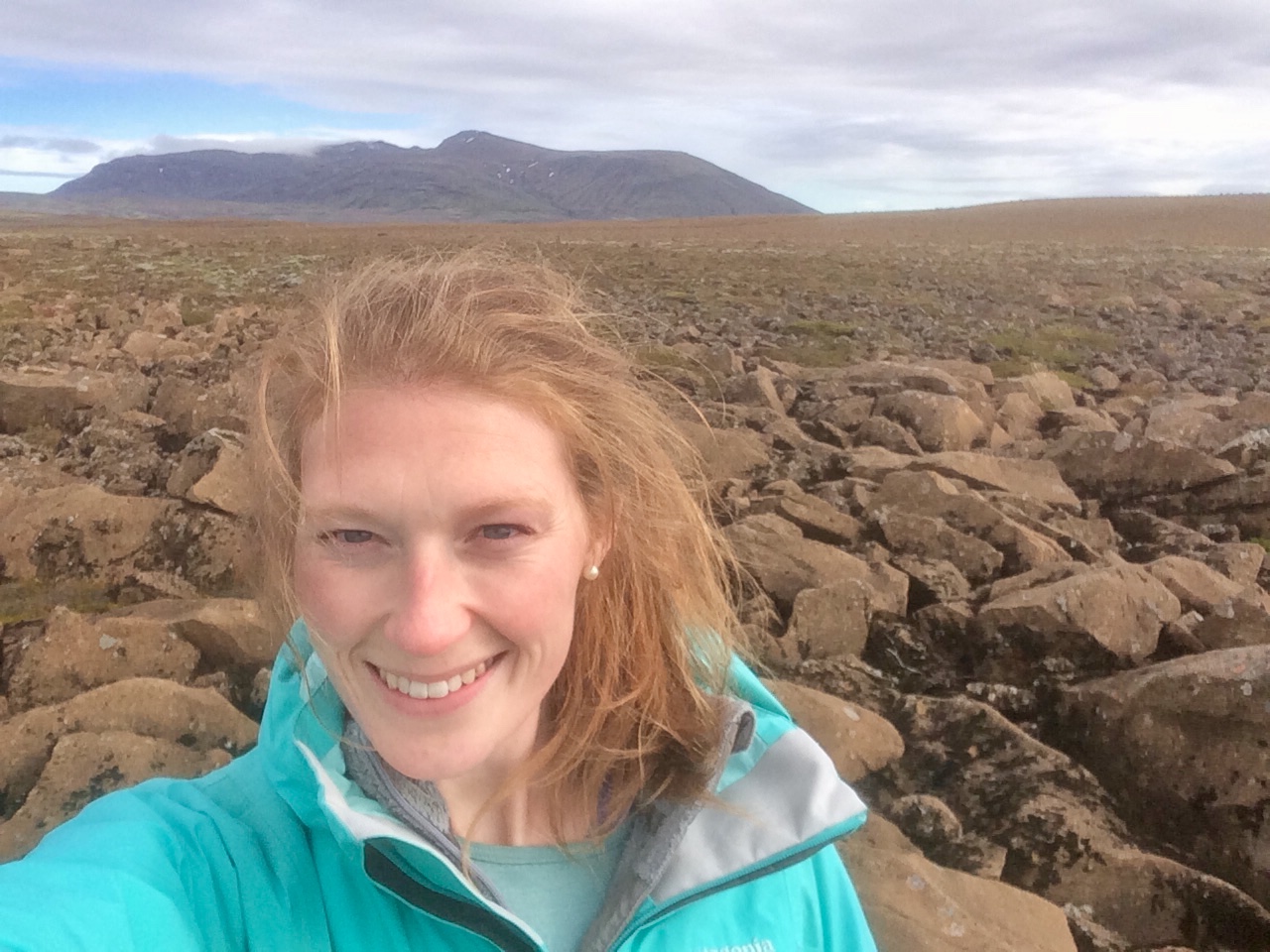
Jökulhlaups occur in glaciated regions worldwide, from Iceland to Greenland, the Himalayas to the Andes. These sudden, high-magnitude floods can impact areas far downstream of their source, leaving an Earth surface legacy that can persist for millennia. They can carve bedrock canyons, transport car-sized boulders, redistribute tons of sediment, and—in the case of the largest known floods at the end of the last ice—input enough freshwater to disrupt ocean circulation and cool global climate. These impacts span a wide range of spheres, from river channel modification, to meltwater and sediment influx into fjords, to hazard mitigation and infrastructure policy in downstream communities.

Understanding the complex links between climate, ice, hydrology, and landscapes requires a global, interdisciplinary research approach, which IASC champions. The IASC fellowship offers a unique opportunity to directly observe—and participate—in this process, whether through specific events like ASSW or building connections with an international network of researchers. I’m very excited to expand this collaboration during my fellowship year and beyond!
Contact: ghwells@utexas.edu
Photo, top left: Courtesy of Dr. Greta Wells
Photo, centre-right: Dr. Greta Wells, an example of a jokulhlaup-formed canyon at Hvítárgljúfur, Iceland.
IASC Fellowship Program
The IASC Fellowship Program is meant to engage Early Career Scientists (ECS) in the work of the IASC Working Groups (WGs). IASC Fellows are doctoral or postdoctoral researchers who actively participate in selected activities of the IASC WGs. The total duration of the IASC Fellowship Program is 1+2 years. After the first year, the Fellows have an opportunity to stay involved up to 2 more years. The further involvement is individually decided by the WG Steering Group and the Fellow.
From 2020, following the recommendations of the IASC Action Group on Indigenous Involvement (AGII), IASC welcomed also two indigenous Fellows (Inaugural Fellows announced on 27 April 2020) (Inaugural Fellows announced on 27 April 2020)). IASC has had Indigenous Fellows before, but this new recommendation (and budget line!) means that there will be at least one every year, as an additional sixth Fellow appointed each year. They will be able to choose whichever IASC Working Group is most of interest and relevance to them.
The IASC Fellowship Program opens for new candidates every year around late September and is due mid-November. The call and the selection is held in collaboration with APECS.
For more information click here or contact the IASC Fellowship Coordinator Stanislav (Stas) Ksenofontov.
